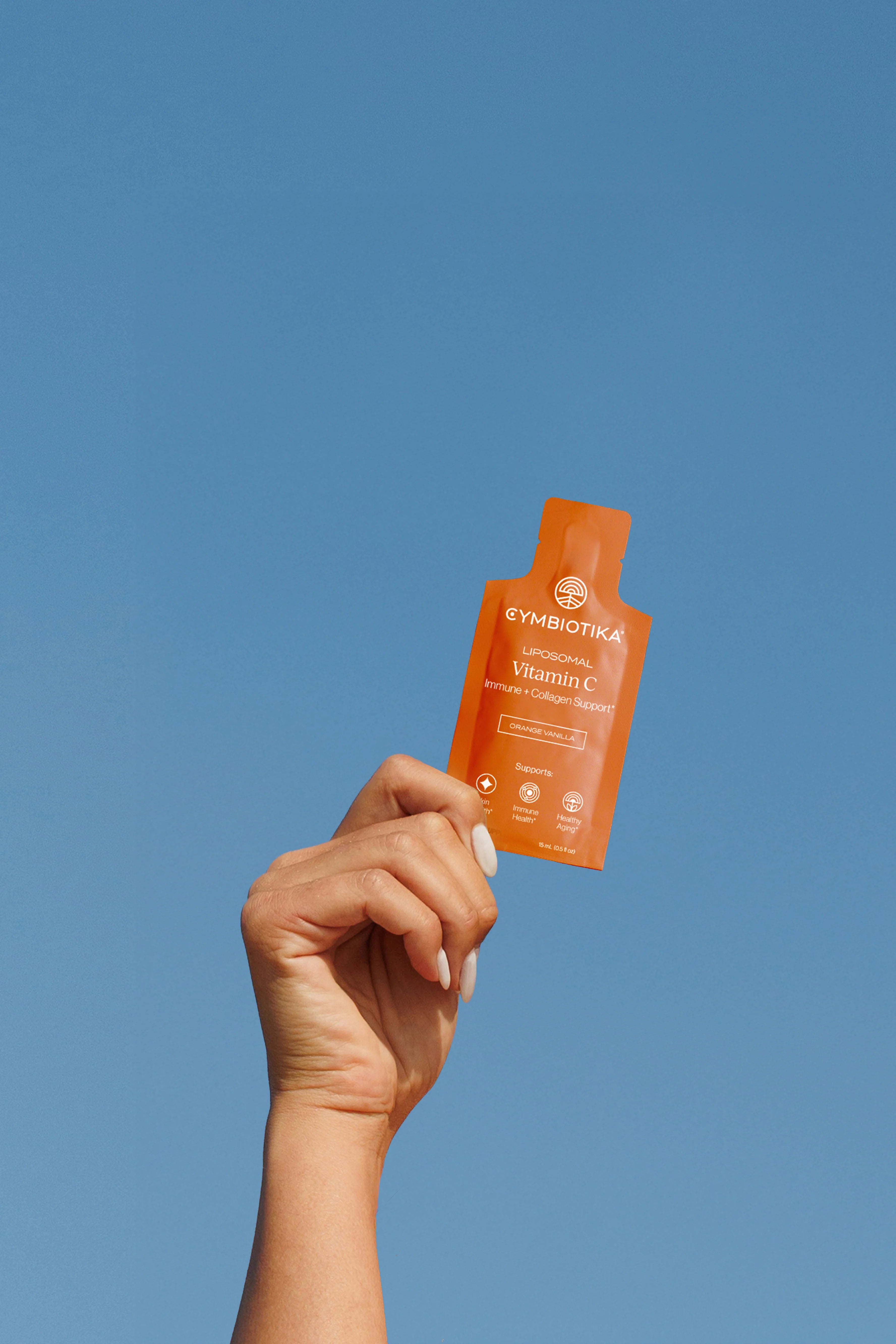Table of Contents
- Introduction
- Understanding Blood Pressure
- How Much Cardio is Necessary to Lower Blood Pressure?
- Types of Cardio Exercises to Lower Blood Pressure
- The Importance of Consistency
- Supplementation to Support Your Cardio Journey
- Lifestyle Modifications Alongside Exercise
- Conclusion
- FAQ
Introduction
Did you know that engaging in regular physical activity can significantly impact your blood pressure? It's true! Studies suggest that even modest increases in physical activity can lead to substantial health benefits, particularly for those dealing with hypertension. In fact, exercise is one of the most effective lifestyle interventions to help manage blood pressure levels without the need for medication.
High blood pressure, or hypertension, is a common condition that affects millions of people worldwide. It is often referred to as a "silent killer" because it usually doesn't present any symptoms until serious health issues arise. Therefore, understanding how to manage and lower blood pressure through lifestyle choices, particularly exercise, is crucial for long-term health and well-being.
In this blog post, we will explore the relationship between cardiovascular exercise and blood pressure management, providing insights into how much cardio is necessary to lower blood pressure effectively. We’ll also discuss different types of exercises, the role of consistency, and how our approach at Cymbiotika emphasizes the importance of wellness through transparency and quality in our supplement formulations.
By the end of this post, you will be equipped with actionable insights to incorporate into your routine, helping you take control of your cardiovascular health. We'll dive into the recommended amounts of cardio, the types of exercises that are most beneficial, and how we can support you on this journey through our science-backed supplements.
Let’s embark on this journey together to understand how much cardio is needed to help lower blood pressure and enhance our overall wellness.
Understanding Blood Pressure
To grasp how exercise affects blood pressure, it’s essential to understand what blood pressure is and how it works. Blood pressure is measured using two numbers: systolic (the pressure in your arteries when your heart beats) and diastolic (the pressure when your heart rests between beats). A typical reading is around 120/80 mm Hg, with anything above 130/80 mm Hg classified as high blood pressure.
The Risks of High Blood Pressure
Chronic hypertension poses several risks, including heart disease, stroke, and kidney failure. The World Health Organization estimates that hypertension contributes to approximately 7.5 million deaths each year. Given these alarming statistics, maintaining a healthy blood pressure is paramount for a long and healthy life.
How Exercise Influences Blood Pressure
Regular physical activity is proven to strengthen the heart muscle, allowing it to pump blood more efficiently. This efficiency reduces the force on the arteries, leading to lower blood pressure. Moreover, exercise enhances blood flow, improves arterial flexibility, and promotes the overall health of the cardiovascular system.
How Much Cardio is Necessary to Lower Blood Pressure?
When it comes to cardio and its effect on blood pressure, the American Heart Association recommends at least 150 minutes of moderate aerobic activity or 75 minutes of vigorous aerobic activity each week. This equates to about 30 minutes a day, five days a week. However, if you're just starting with exercise, it's important to ease into this routine gradually.
The Ideal Amount of Exercise
Recent research indicates that even smaller amounts of exercise can yield significant benefits. A study involving over 200 participants found that those who engaged in 30 to 60 minutes of moderate exercise per week experienced noticeable reductions in both systolic and diastolic blood pressure. Interestingly, participants who exercised for 61 to 90 minutes per week saw even more substantial benefits, suggesting this may be an optimal target for those aiming to lower their blood pressure.
Breaking It Down
- 30 to 60 minutes per week: Moderate improvements in blood pressure.
- 61 to 90 minutes per week: Significant reductions noted.
- More than 90 minutes: While beneficial, additional time may not lead to further significant decreases in blood pressure for everyone.
To manage blood pressure effectively, we can start small and gradually increase our activity levels. For example, breaking down cardio workouts into shorter sessions—like three 10-minute walks throughout the day—can also be an effective strategy for those who find it challenging to dedicate a full 30 minutes at once.
Types of Cardio Exercises to Lower Blood Pressure
Not all cardio is created equal, and different types of exercises can contribute to blood pressure regulation in various ways. Here are some of the most effective forms of cardiovascular exercise:
Walking
Walking is one of the most accessible forms of exercise and can easily be integrated into our daily routine. Aim for brisk walking sessions to get your heart rate up. According to studies, 30 minutes of brisk walking most days of the week can lower blood pressure by approximately 5-8 mm Hg.
Cycling
Whether stationary or on a traditional bike, cycling is another excellent option that promotes cardiovascular fitness. Regular cycling sessions can help lower blood pressure while also enhancing leg strength.
Swimming
Swimming is a low-impact exercise that provides a full-body workout. Studies show that consistent swimming can lead to significant reductions in blood pressure, especially among older adults.
Dancing
Dancing is not only fun but also an effective way to get your heart pumping. From ballroom to hip-hop, any form of dancing that elevates your heart rate can contribute to better cardiovascular health.
Hiking
Hiking combines aerobic exercise with the added benefit of nature exposure, which can enhance mental well-being. The varied terrain can also help in building strength and endurance.
Aerobic Classes
Joining an aerobic or fitness class can provide motivation and structure to your workout. These classes often incorporate a variety of movements that can keep the heart rate elevated and improve cardiovascular fitness.
The Importance of Consistency
While the type and amount of exercise are vital, consistency is crucial for long-term success in managing blood pressure. Regular physical activity helps maintain the benefits gained over time. Research indicates that the positive effects of exercise on blood pressure can last for up to 24 hours post-activity, emphasizing the importance of making exercise a regular habit.
Setting Realistic Goals
Setting achievable fitness goals can help us stay committed. For example, we could start with 10 minutes of walking a day, gradually increasing duration and intensity as fitness improves. Consistency over time will lead to noticeable improvements in blood pressure and overall health.
Supplementation to Support Your Cardio Journey
At Cymbiotika, we believe that wellness starts with trust. Our commitment to providing high-quality, science-backed supplements can support your health journey. For those engaging in regular cardio exercise, supplements that promote energy, recovery, and overall cardiovascular health can be beneficial.
Our Science-Backed Formulations
We emphasize transparency in our supplements, ensuring that our community knows exactly what they are consuming. Our formulations include high-quality ingredients designed to support your active lifestyle.
If you’re interested in finding the best supplements to complement your fitness routine, we invite you to take our AI quiz. This personalized approach can help you discover products tailored to your needs.
Lifestyle Modifications Alongside Exercise
In addition to incorporating cardio into our routines, other lifestyle changes can contribute to better blood pressure management. Here are some recommendations:
Dietary Adjustments
Eating a balanced diet rich in fruits, vegetables, whole grains, and lean proteins can help manage blood pressure. Consider adopting the DASH diet, which emphasizes low sodium intake and provides essential nutrients that promote heart health.
Stress Management
Stress can significantly impact blood pressure. Techniques such as mindfulness, meditation, and yoga can help reduce stress levels and promote relaxation.
Weight Management
Maintaining a healthy weight is crucial for blood pressure control. Even modest weight loss can lead to significant reductions in blood pressure readings.
Regular Check-Ups
Monitoring blood pressure regularly and consulting with healthcare professionals is essential, especially for those with pre-existing conditions or who have elevated blood pressure readings.
Conclusion
In conclusion, incorporating regular cardiovascular exercise into our routines is a powerful way to manage and lower blood pressure. The American Heart Association’s guidelines of 150 minutes of moderate aerobic activity or 75 minutes of vigorous activity each week serve as a solid foundation for those looking to improve their cardiovascular health.
Remember, starting small and maintaining consistency is key. By integrating enjoyable forms of exercise, setting realistic goals, and making complementary lifestyle changes, we can significantly impact our health and well-being.
At Cymbiotika, we are dedicated to empowering you on your wellness journey with quality supplements that enhance your health. If you're looking for personalized supplement recommendations, don't forget to take our AI quiz.
Together, let’s take charge of our health and strive for a balanced, active lifestyle!
FAQ
1. How quickly can I see changes in my blood pressure with cardio?
While individual responses can vary, many people may begin to notice improvements in their blood pressure within a few weeks of consistent cardiovascular exercise. Regular monitoring of blood pressure levels can help you track these changes.
2. Can I lower my blood pressure with just walking?
Yes! Walking, especially brisk walking, is a highly effective form of cardio that can help lower blood pressure. Aim for at least 150 minutes of moderate walking per week for the best results.
3. Is it necessary to combine cardio with strength training for blood pressure management?
While cardio is essential, incorporating strength training can enhance overall fitness and health. A balanced exercise routine that includes both cardio and strength training is generally recommended for optimal health benefits.
4. Are there any risks associated with starting a new exercise program?
If you have pre-existing health conditions or have been inactive, it’s essential to consult with a healthcare professional before starting a new exercise program. They can provide personalized guidance based on your health status.
5. How can Cymbiotika supplements support my cardio workouts?
Cymbiotika offers high-quality, science-backed supplements that support energy, recovery, and overall cardiovascular health. Our products can complement your fitness routine and help you achieve your health goals.
*These statements have not been evaluated by the Food and Drug Administration. This product is not intended to diagnose, treat, cure, or prevent any disease.





















